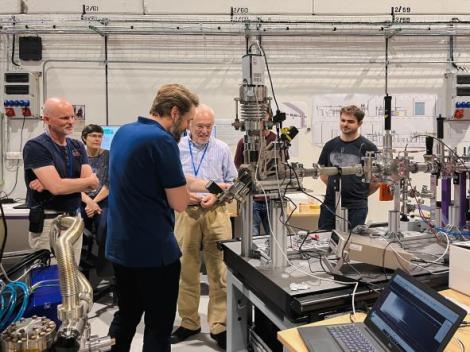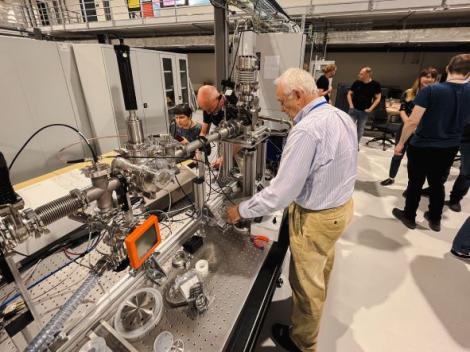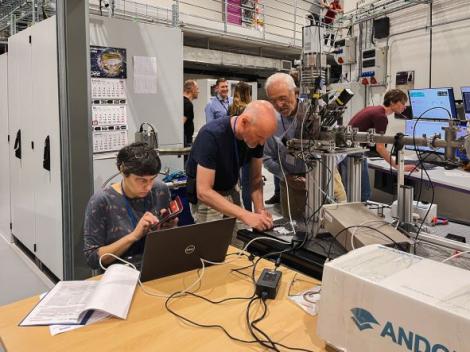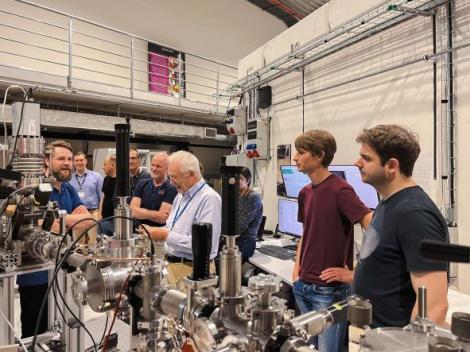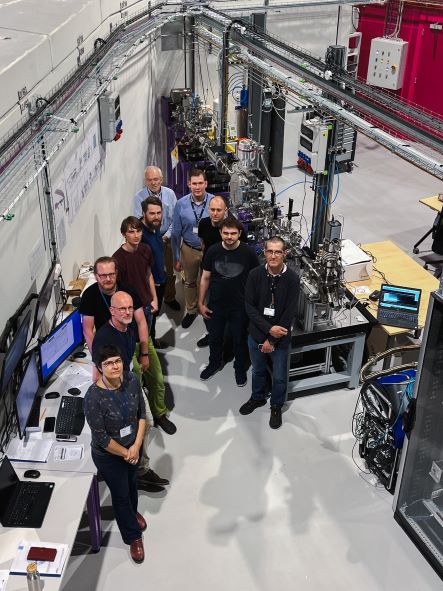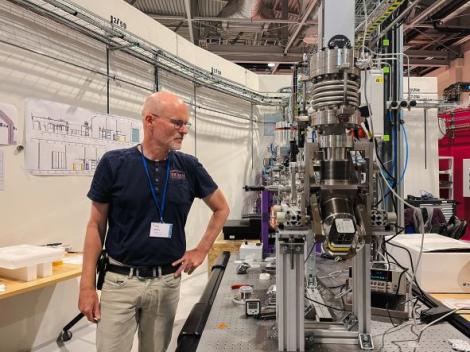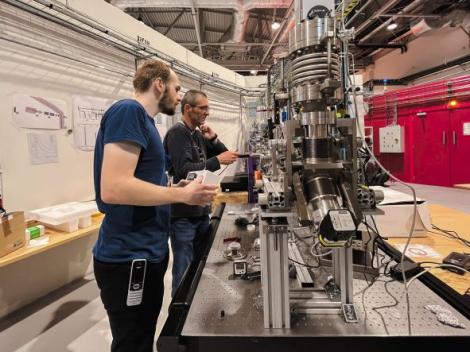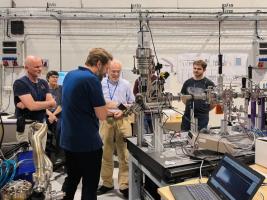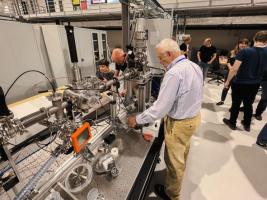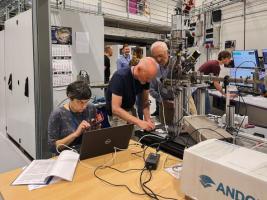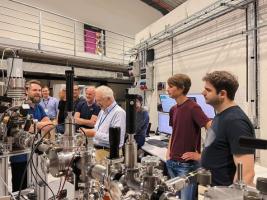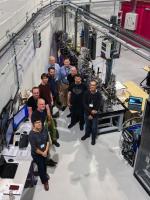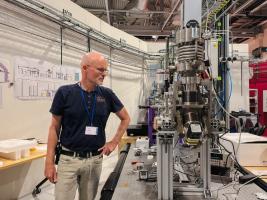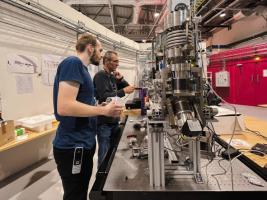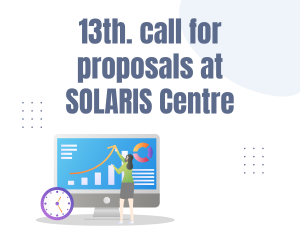
 Web Content Display
Web Content Display
SOLARIS centre
 Web Content Display
Web Content Display
 Web Content Display
Web Content Display
Unique Opportunities at the ASTRA (SOLABS) Beamline
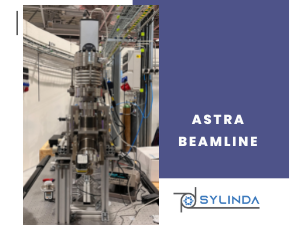
Just recently, another milestone for the ASTRA beamline was reached by detecting the first light with the detector system of an X-ray fluorescence spectrometer. This unique, compact, and specially designed vacuum X-ray spectrometer for high energy resolution fluorescence detection was recently added to the beamline and is now in the commissioning phase. The team of experts consisting of Prof. Josef Hormes, Prof. Tonya Vitova and Dr Jörg Rothe with the support of SOLARIS Team and Jan Kochanowski University in Kielce Team installed the spectrometer at the end of May.
Improved resolution and a wider range
“Today an important thing has happened. We are very close to starting to use the high resolution X-ray emission spectroscopy on the ASTRA beamline. This spectrometer allows to measure highly resolved X-ray absorption spectra (HR-XAS), where the lifetime broadening is removed by registering the partial fluorescence yield emitted by the sample. Thanks to that, resonant features, which are not observed in conventional XAS spectra, can be measured and analyzed. The features are very important for our better understanding of the electronic and coordination structures in the investigated materials.” - says Dr. Alexey Maximenko - ASTRA beamline manager.
Prof. Josef Hormes, an outstanding and world-wide known XAS specialist, was involved into designing and installation of the ASTRA beamline. He is a professor of University of Bonn and Louisiana State University, former Director of the Canadian Light Source (CLS) and the Center for Advanced Microstructures and Devices (CAMD) at Louisiana State University.
'Only a few synchrotrons in the world have a beamline comparable to the one that you have recently installed at SOLARIS", says Prof. Hormes. “Not many beamlines allow measurements at the K-edge of magnesium and aluminum and this is what we achieved at the ASTRA beamline. The beamline is also an excellent tool for speciation of such important for Life Sciences elements as selenium and chromium. At the beamline you can measure materials at different state of aggregation (gases, liquids and solid stated – amorphous and crystalline). We can detect not only in a sample on interest elements with very low concentrations (even 10 parts per million) but we can also at the same time determine the chemical state of the element and its local structure (the neighboring atoms around the element of interest), which is crucial for many studies. For example, we are able to distinguish between chromium III, which is a safe chemical state of chromium , and chromium VI, which is toxic (carcinogenic) , and we can tell in which composition the two different states of chromium are in the sample."
ASTRA (Absorption Spectroscopy beamline for Tender energy Range and Above) is dedicated to X-ray absorption spectroscopy (XAS) and related techniques in the energy range from 1 keV to 15 keV. It covers the K absorption edges of chemical elements between Mg and Se along with the L (up to Bi) and M (up to U) edges of many other elements.
A high-resolution spectrometer
The unique and compact design of the end station and the involvement of so many world-class specialists to its development is a result of the SYLINDA project.
One of the SYLINDA Project objectives is to upgrade the X-ray Absorption Spectroscopy (XAS) beamline (ASTRA) with a high energy resolution fluorescence spectrometer. This is a milestone that has been reached recently. The technique is attractive for academic and industrial users dealing with the studies of low-Z elements (atomic number Z down to Z=11). This will open new avenues of cooperation with the pharmaceutical, rubber, agricultural, biological, chemical, and cosmetic industries.

